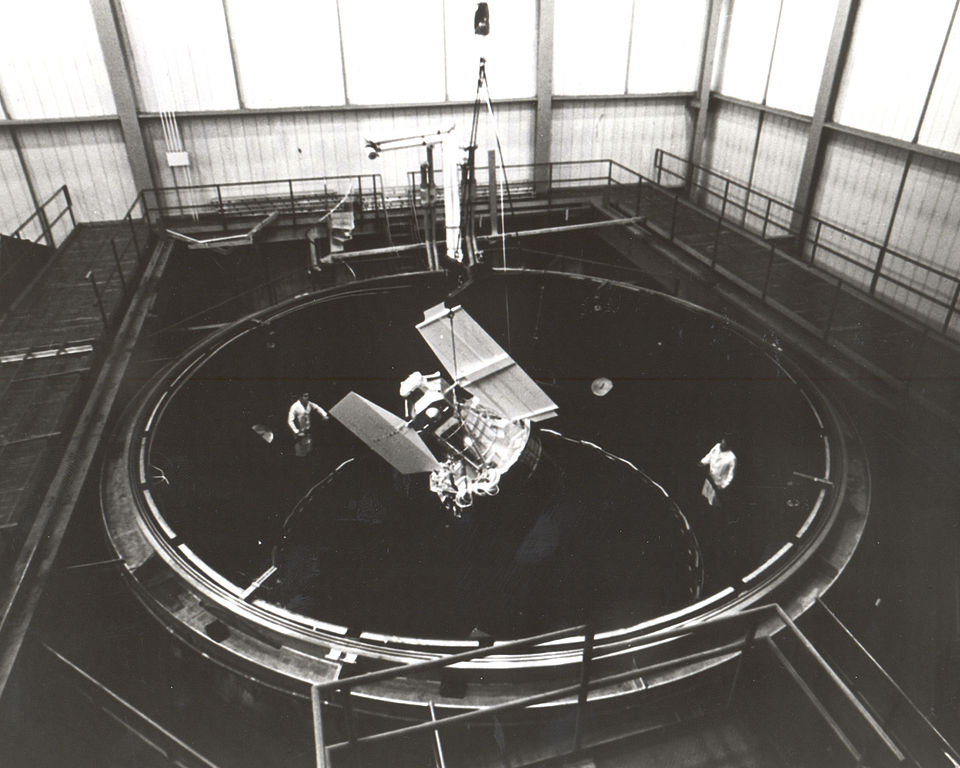NASA's AI Technology Enhances Earth Observation Satellite Efficiency

In a groundbreaking development, NASA has successfully tested a novel artificial intelligence (AI) technology called Dynamic Targeting, which aims to improve the efficacy of Earth-observing satellites. This innovative system enables spacecraft to autonomously determine the most advantageous moments to capture scientific data, particularly in challenging conditions such as cloud cover. The tests, conducted at the Jet Propulsion Laboratory (JPL) in California, mark a significant advancement in satellite technology, potentially revolutionizing how data is collected from orbit.
Dynamic Targeting has been under development for over a decade. In mid-July 2025, NASA conducted its first flight test aboard a commercial satellite, CogniSAT-6, which launched in March 2024. The primary objective of this test was to demonstrate the technology's ability to avoid cloud-covered areas and focus on capturing critical phenomena, including wildfires and volcanic eruptions. According to Steve Chien, a technical fellow in AI at JPL and the principal investigator for the project, the system allows spacecraft to 'think' about the data it observes, similar to human reasoning. 'When a human sees a picture of trees burning, they understand it may indicate a forest fire,' Chien explained. 'We’re trying to make the spacecraft have the ability to say, 'That’s a fire,' and then focus its sensors accordingly.'
One of the major challenges faced by Earth-observing satellites is the substantial amount of time that cloud cover can obstruct optical instruments, which can occur up to two-thirds of the time. This limitation significantly reduces the amount of usable data collected. By employing Dynamic Targeting, satellites can look ahead along their orbital path—up to 300 miles—and differentiate between clouds and clear skies. If the scene is clear, the satellite proceeds to capture imagery; if it detects clouds, it cancels the imaging activity to conserve data storage for more relevant targets. Ben Smith, an associate with NASA's Earth Science Technology Office, noted, 'If you can be smart about what you're taking pictures of, then you only image the ground and skip the clouds. That way, you're not storing, processing, and downloading all this imagery researchers really can't use.'
The current tests are being conducted on a CubeSat designed and operated by Open Cosmos, which hosts a payload developed by Ubotica that features a commercially available AI processor. Dynamic Targeting works by tilting the satellite's optical sensor forward to capture look-ahead imagery. The onboard AI algorithms then analyze this data to determine the best angles for capturing cloud-free views. This entire process executes within 60 to 90 seconds, as the satellite travels at an impressive speed of nearly 17,000 mph (7.5 kilometers per second).
Looking ahead, the JPL team plans to enhance Dynamic Targeting capabilities to not only avoid clouds but also to actively seek out severe weather conditions. Future tests will include searching for thermal anomalies such as wildfires and volcanic eruptions, with bespoke algorithms being developed for each application. Chien remarked, 'This initial deployment of Dynamic Targeting is a hugely important step. The end goal is operational use on a science mission, making for a very agile instrument taking novel measurements.'
The implications of this technology extend beyond Earth observation; it could also be adapted for use in radar systems to study extreme winter weather events. Furthermore, the potential for collaboration between multiple satellites, where data from one spacecraft could inform the targeting efforts of another, represents a significant leap in satellite capabilities. Such advancements could lead to a network of satellites working together to provide real-time data on rapidly changing environmental conditions.
As NASA continues to refine this technology, the future of Earth observation appears promising. The integration of AI into satellite operations not only enhances the quality of scientific data but also opens new avenues for research and exploration, ultimately benefiting our understanding of the planet and its complex systems.
Advertisement
Tags
Advertisement





